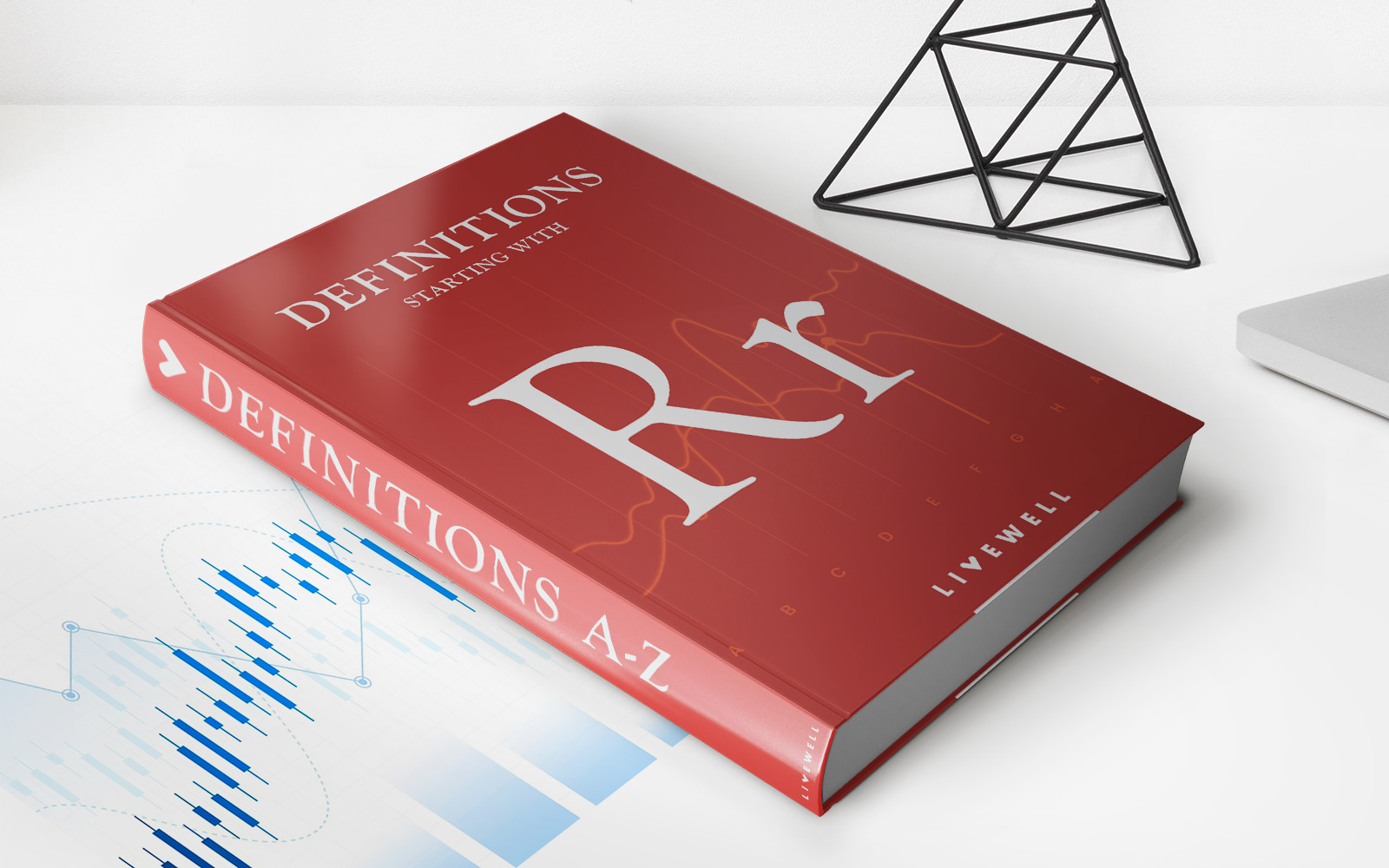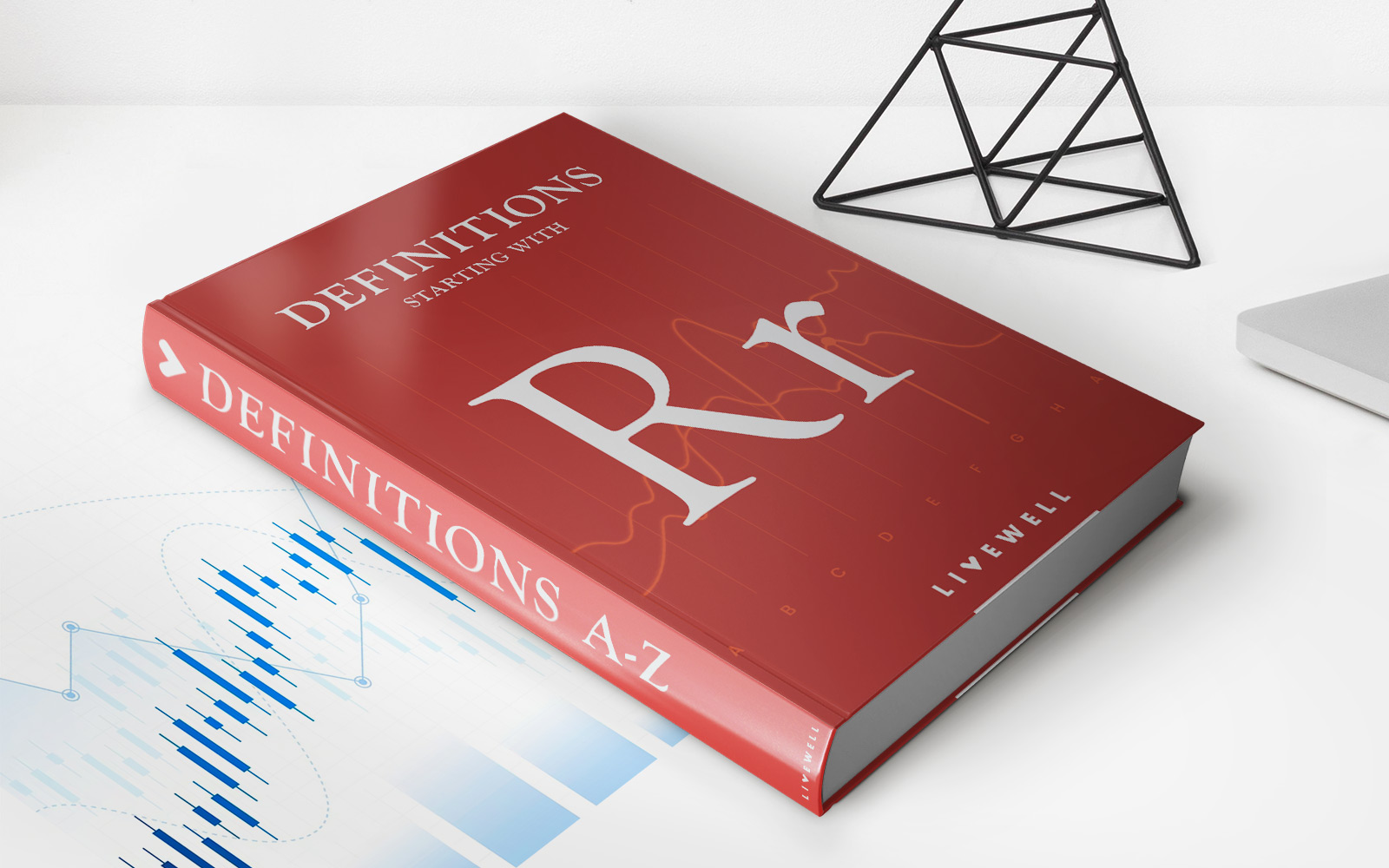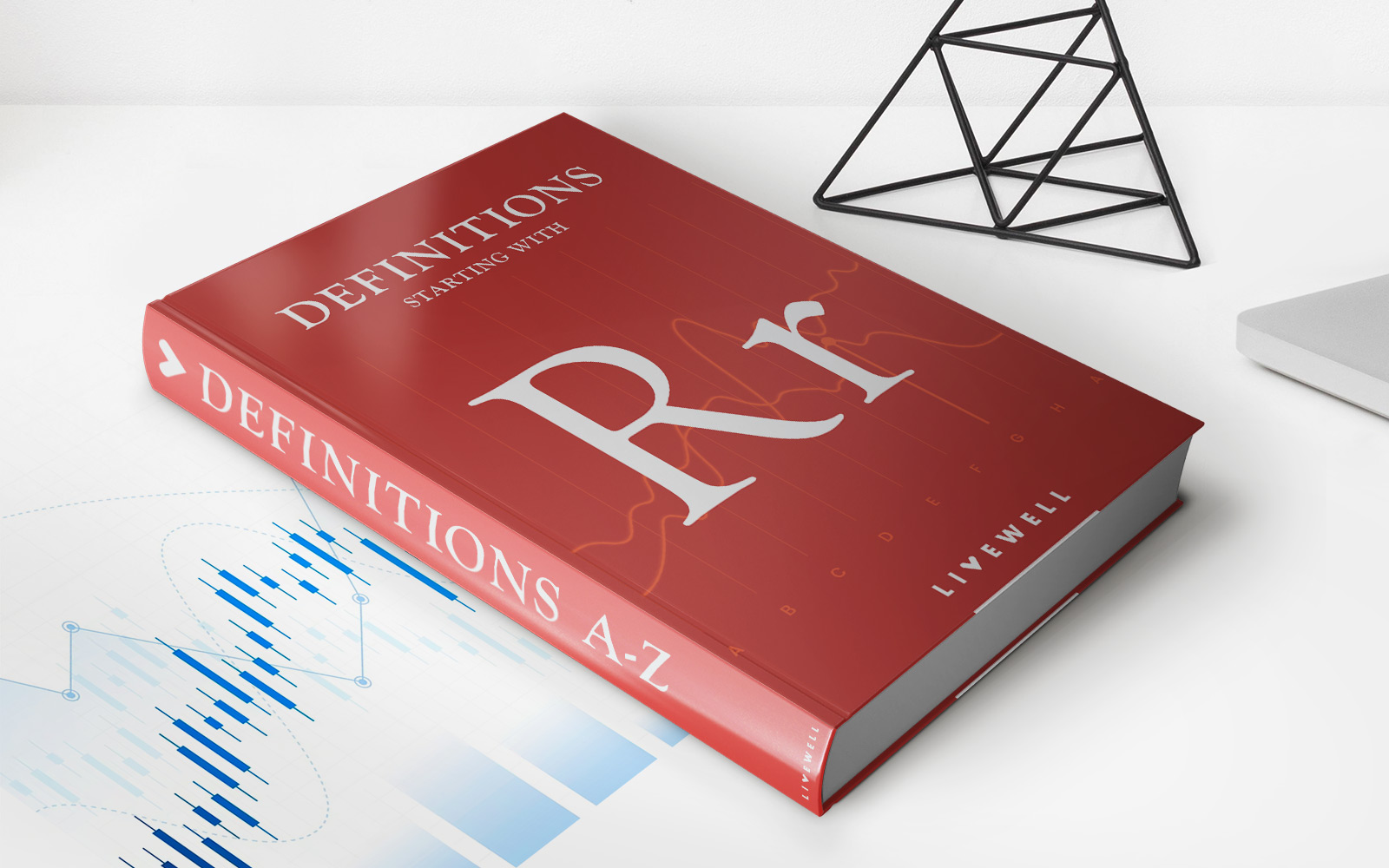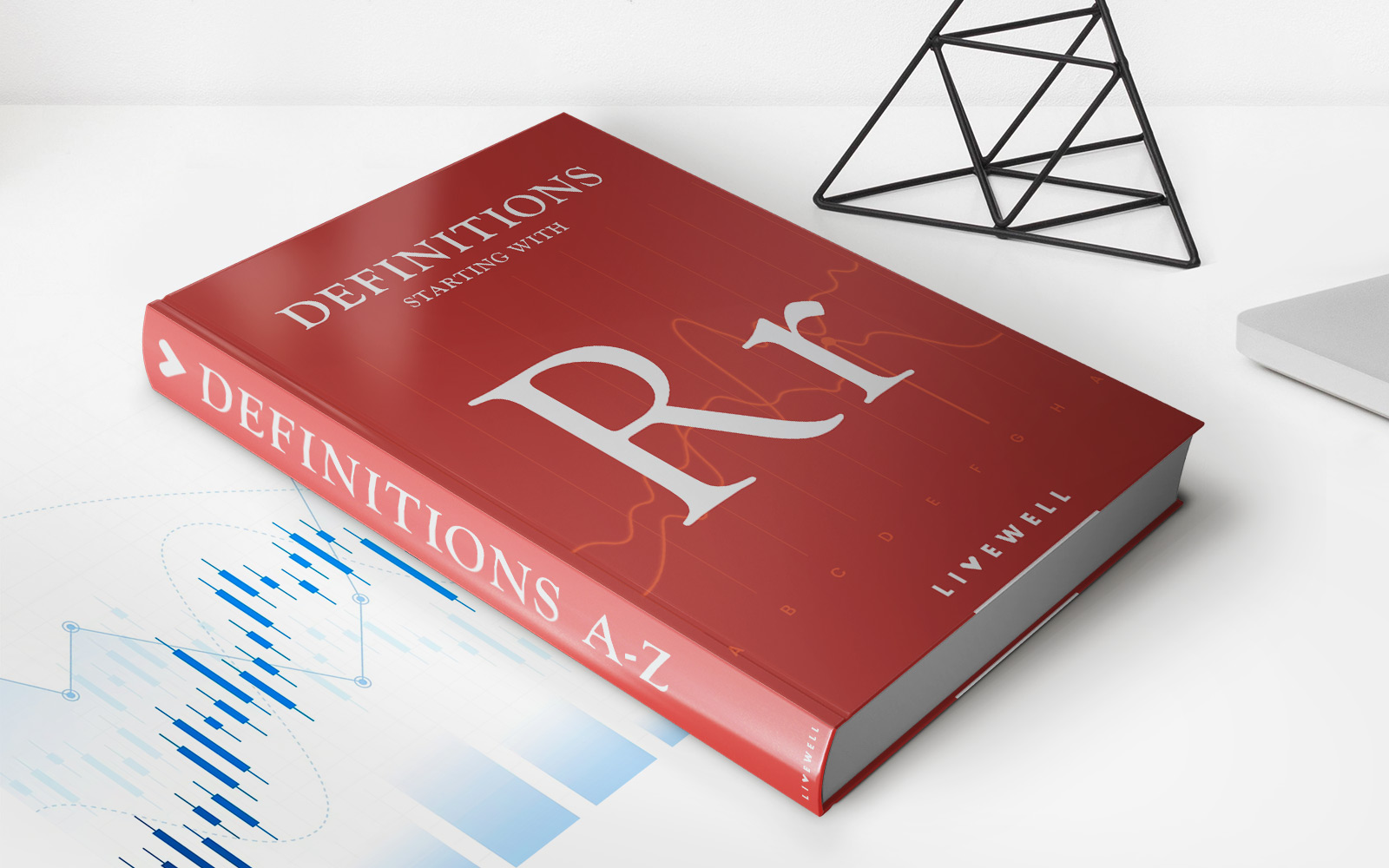Home>Finance>Regulatory Risk: Definition Vs. Compliance Risk, And Examples


Finance
Regulatory Risk: Definition Vs. Compliance Risk, And Examples
Published: January 18, 2024
Discover the difference between regulatory risk and compliance risk in finance through definition and examples, and ensure your financial institution stays compliant and mitigates potential risks.
(Many of the links in this article redirect to a specific reviewed product. Your purchase of these products through affiliate links helps to generate commission for LiveWell, at no extra cost. Learn more)
Understanding Regulatory Risk: Definition Vs. Compliance Risk, and Examples
Welcome to our “Finance” blog category, where we delve into various topics related to the world of finance. In this blog post, we will explore the concept of regulatory risk and its distinction from compliance risk. We’ll also provide a few examples to help you gain a better understanding of these risks. So, let’s dive in!
Key Takeaways:
- Regulatory risk refers to the potential for financial institutions and companies to face consequences due to non-compliance with laws and regulations.
- Compliance risk is a subset of regulatory risk and focuses specifically on the risk of failing to adhere to laws and regulations in place.
When it comes to managing risk in the financial industry, regulatory risk and compliance risk are significant factors that cannot be overlooked. While these terms are often used interchangeably, it is important to understand their distinct meanings.
Regulatory risk encompasses the potential for financial institutions and companies to face consequences due to non-compliance with laws and regulations. It involves factors such as changes in regulations, legal actions, and the impact on the overall business environment. Regulatory risk can arise from various sources, including government agencies, supervisory bodies, and industry-specific regulatory bodies.
Compliance risk is a subset of regulatory risk and specifically focuses on the risk of failing to adhere to laws and regulations in place. It involves the potential for penalties, fines, reputational damage, and even legal action. Compliance risk management is crucial for organizations to ensure that they remain compliant and avoid any negative consequences. This includes establishing effective internal controls, monitoring, and regular audits.
Now that we have a clear understanding of regulatory risk and compliance risk, let’s explore a few examples to further illustrate these concepts:
- Regulatory Risk: A financial institution faces regulatory risk when new legislation is introduced that increases capital requirements or imposes stricter regulations on lending practices. This may impact the institution’s profitability and ability to meet regulatory standards.
- Compliance Risk: If a company fails to comply with Anti-Money Laundering (AML) regulations and is found to have facilitated money laundering activities, it may face significant fines, reputational damage, and legal consequences. This highlights the importance of robust compliance measures and training programs.
In conclusion, regulatory risk and compliance risk are vital considerations for financial institutions and companies. Understanding the distinction between these two risks is crucial for effectively managing them. By staying informed about changes in laws and regulations, implementing sound compliance practices, and regularly assessing and mitigating risks, organizations can navigate the complex regulatory landscape and safeguard their financial stability and reputation.














